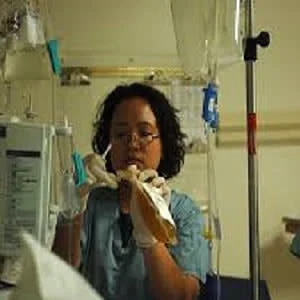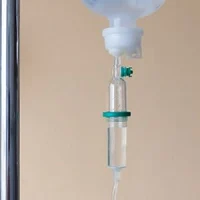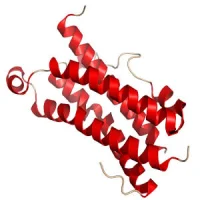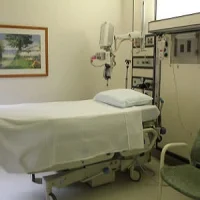Sepsis is a leading cause of intensive care unit (ICU) admission in older patients. Currently, however, the only therapies for sepsis remain supportive care, including prompt administration of antibiotics, adequate source control of the underlying infection (if known), and vigilance to prevent iatrogenicity and the other complications of being critically ill. "The lack of a specific therapy for sepsis reflects our inadequate understanding of its pathogenesis," says Warren L. Lee, MD, PhD, Keenan Research Centre for Biomedical Research, St. Michael’s Hospital, Toronto, Canada.
For a long time, it was believed that an “excessive” inflammatory response accounted for the manifestations of sepsis; however, anti-inflammatory therapy was persistently unsuccessful in human clinical trials. In view of dozens of clinical trials with negative results, the treatment of sepsis has been called the “graveyard” for pharmaceutical companies.
"Now, a dominant theory for what causes death in sepsis is that the immune system becomes anergic, making patients vulnerable to nosocomial infection," notes Dr. Lee in an editorial article published in the journal Anesthesiology. "It has been suggested that patients with sepsis therefore be treated with immunostimulants."
Dr. Lee cites a new study (Kusakabe et al.) which showed that mice treated with interferon-β after the onset of sepsis displayed enhanced leukocyte function, including increased phagocytosis and cytokine expression. "However, it is important to note that Kusakabe et al. also observed that prophylactic administration of interferon-β — 3 hours prior to cecal ligation and perforation — was associated with worsened survival (only 4% of animals survived) and with impaired immune function," Dr. Lee says, adding that the study highlights the risk of immunomodulation during acute infection.
"More fundamentally, it is unclear whether immunosuppression accounts for death from sepsis in patients. There is no doubt that alterations in the immune system occur during sepsis; these include lymphocyte apoptosis, reduced cytokine production, and decreased functioning of antigen-presenting cells. It is less clear whether these alterations cause pathology or are instead markers of severity of illness ('epiphenomena')," Dr. Lee writes.
The editorialist also highlights epidemiologic data suggesting that ICU–acquired infections occur more frequently in the sickest sepsis patients, but that they do not substantially contribute to overall mortality. For instance, the percentage of intensive care unit mortality caused by ICU-acquired infection was only 5.5% at 30 days and 10.9% at 60 days after admission.
To date, there are little clinical trial data on immunomodulatory therapy for sepsis, Dr. Lee points out. A recent meta-analysis of placebo-controlled studies of granulocyte–colony stimulating factor or granulocyte-macrophage colony-stimulating factor for sepsis observed no difference in 28-day mortality.
According to Dr. Lee, progress in the treatment of sepsis is likely to come only when we understand its underlying mechanisms. "Sepsis is a highly heterogeneous clinical entity, defined as a syndrome of organ dysfunction in response to infection. For a given patient, it is challenging to know whether any specific organ dysfunction (e.g., immunosuppression, vascular leakage) represents the cause or the effect of the overall clinical picture," he explains.
Despite the accumulated negative clinical trials, the doctor says there are grounds for optimism. He mentions the advances in regard to clinicians and researchers' ability to interrogate large clinical datasets, which enable the generation of clinically relevant hypotheses.
"When these advances are combined with novel tools to manipulate the genome and perform definitive preclinical experiments, it seems only a matter of time before we understand the causes and mechanisms of sepsis," Dr. Lee says. "Whether sepsis turns out to be one disease or many, this will be good news for clinicians and most importantly for patients suffering from this devastating syndrome."
Source: Anesthesiology
Image Credit: 59th Wing Air Force
References:
Lee WL (2018) Immunotherapy for Sepsis: A Good Idea or Another Dead End? Anesthesiology 7 2018, Vol.129, 5-7. doi:10.1097/ALN.0000000000002237
Latest Articles
Sepsis, ICU, iatrogenicity
Understanding the mechanisms of sepsis is key to effective treatment










